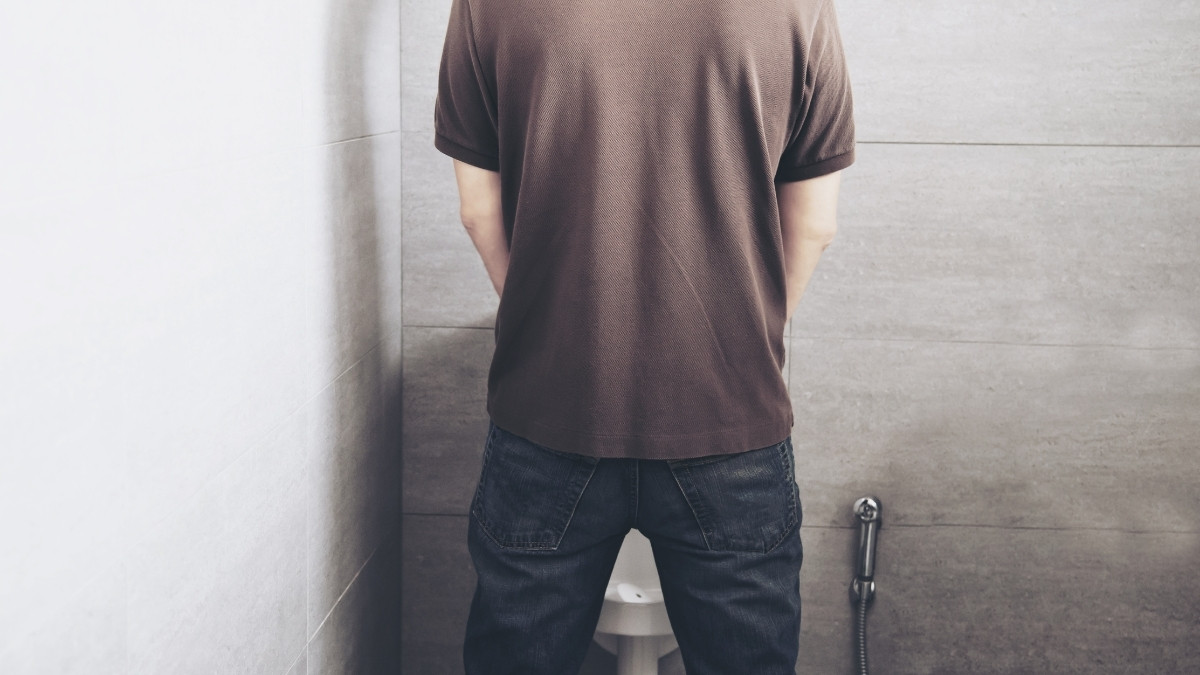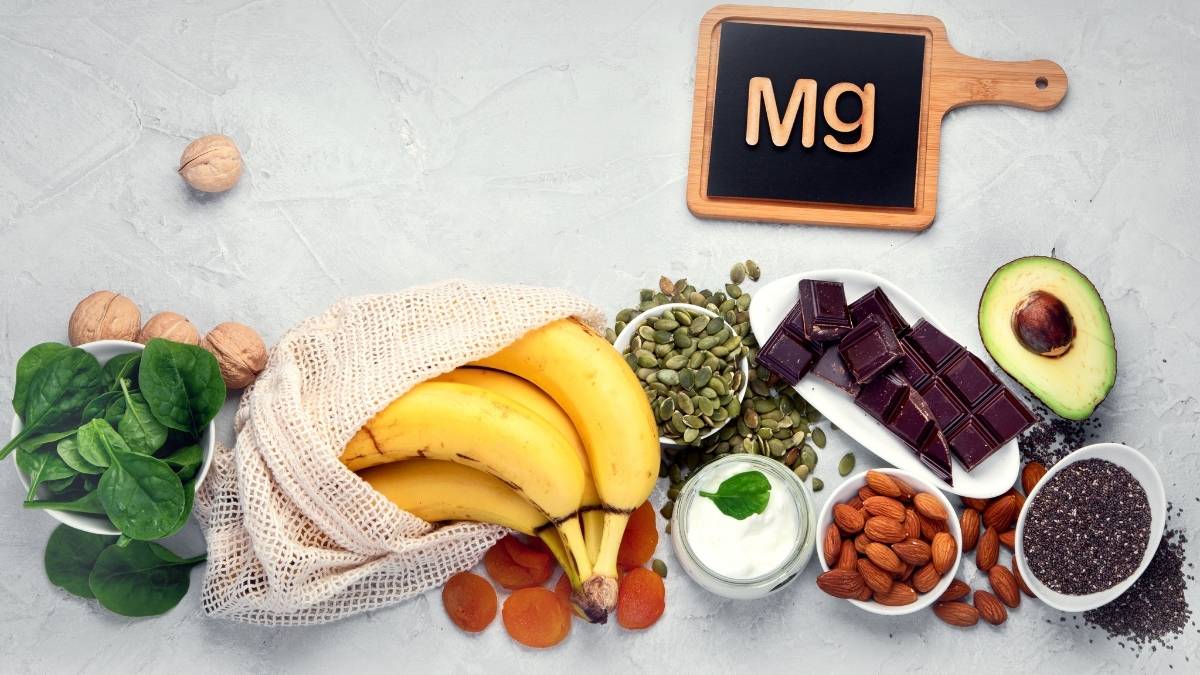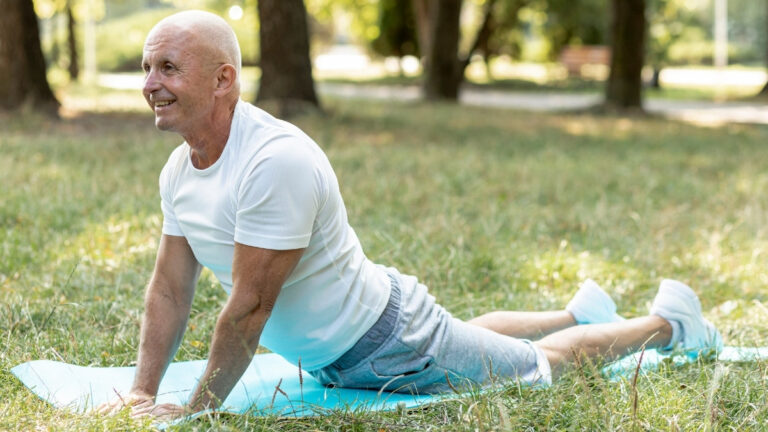Peeing Too Often? It’s Not Age—It’s THIS Hidden Culprit in Your Diet!

Waking up multiple times at night to pee? Struggling with frequent urges that interrupt your day? You’re not alone. Many adults over 50 blame aging, but what if the real problem isn’t your age at all? The truth is, your daily diet might be silently working against your bladder.
From “healthy” teas to sugar-free snacks, certain foods and drinks are triggering bladder overstimulation without warning. These hidden culprits are easy to miss but can wreak havoc on your bathroom schedule. In this article, you’ll uncover the most overlooked dietary triggers—and how to regain control fast. If you’re tired of guessing and ready for real answers, keep reading. What you eat might be aging your bladder faster than your body.
1. Hidden Caffeine Sources Sneaking into Your Diet
Many people over 50 cut back on coffee but still feel the constant urge to urinate. That’s because caffeine isn’t just in your morning cup. It hides in dark chocolate, green tea, sodas, energy drinks, protein bars, and even certain painkillers. Caffeine is a bladder stimulant—it increases urine production and triggers urgency. As we age, our sensitivity to stimulants rises, especially when metabolism slows.
Even “healthy” green teas or pre-workout snacks might be working against your bladder. You may think you’re being health-conscious, but unknowingly overloading your system with irritants. It’s not always the quantity—it’s the frequency and combination that matter. And when the bladder gets overstimulated daily, nighttime trips to the bathroom become the norm.
Tips to Reduce Hidden Caffeine Impact:
- ✅ How to Perform: Track your daily intake using a simple note app or food diary for 3 days. Include drinks, snacks, meds, and supplements.
- ✅ Watch Labels: Scan ingredient lists for “guarana,” “yerba mate,” “green tea extract,” and “cocoa” content. These all count.
- ✅ Substitute Smartly: Replace energy bars with protein-rich snacks like almonds or Greek yogurt, and opt for herbal teas like chamomile.
2. Artificial Sweeteners That Irritate the Bladder Wall
“Sugar-free” doesn’t always mean bladder-friendly. Sweeteners like aspartame, sucralose, and saccharin are common in diet sodas, protein shakes, chewing gums, and even cough syrups. These chemicals can inflame the bladder lining, creating a sense of urgency—even when your bladder isn’t full. Over time, this irritation mimics overactive bladder symptoms.
Older adults are more vulnerable, as tissue sensitivity increases with age. Even small daily doses can add up, especially if you consume multiple “light” or “diet” items. What’s tricky is the effect isn’t instant—it builds quietly and steadily. Many people see improvements within days of removing these additives.
Tips to Manage Artificial Sweetener Sensitivity:
- ✅ How to Perform: Cut all artificial sweeteners for 7 days and monitor changes in your urgency patterns.
- ✅ Check Everything: Look beyond diet soda—read gum, protein powder, and medication labels too.
- ✅ Sweeten Naturally: Try monk fruit or stevia in raw form. They’re less likely to irritate the bladder.
3. Acidic Foods That Disrupt Bladder pH Balance
Certain foods change the pH of your urine and spark discomfort. Tomatoes, citrus fruits, vinegar, and spicy sauces are common culprits. These acidic triggers can cause inflammation inside the bladder, making it feel irritated or full when it’s not. This can mimic a UTI—even if no infection is present.
Aging bladders often lose their tolerance for sharp pH shifts, especially if hydration is inconsistent. For some, even a small bowl of tomato soup or citrus fruit before bed brings on an urge to pee within hours. It’s not about removing them completely but understanding what triggers your system and when.
Tips to Control Acidic Food Triggers:
- ✅ How to Perform: Eliminate one acidic food at a time for 3–5 days. Track how your bladder responds.
- ✅ Time It Right: Avoid acidic foods after 6 PM when the bladder is more sensitive during rest.
- ✅ Balance Meals: Pair acidic items with alkaline foods like cucumbers, spinach, or oats to reduce irritation.
4. Alcohol’s Hidden Diuretic-Plus-Relaxant Double Hit
It’s not just about the number of drinks. Alcohol acts as a diuretic, pushing your kidneys to make more urine. At the same time, it relaxes muscles in the bladder and pelvic floor, weakening control. For aging adults, that combo increases urgency and nighttime urination—often unnoticed until it becomes a routine sleep disruptor.

Even small amounts can throw off bladder rhythm, especially in the evening. Wine, beer, and spirits all have the same core effect, though sweetened drinks can make it worse. Many mistake it for aging, when the issue is actually timing and quantity. You don’t need to quit entirely—just adjust smarter.
Tips to Limit Alcohol’s Bladder Impact:
- ✅ How to Perform: Stop alcohol intake 3–4 hours before bedtime and hydrate with water alongside.
- ✅ Avoid Back-to-Back Drinks: Space out alcoholic beverages with food or non-caffeinated liquids to reduce bladder load.
- ✅ Track Sleep Changes: Use a simple journal or phone app to see if skipping alcohol improves sleep and reduces nighttime trips.
5. Low Magnesium Intake Increasing Bladder Spasms
Magnesium helps calm nerves and muscles, including those that control bladder function. When levels run low, nerve signals may misfire, leading to spasms or sudden urges. Older adults often don’t get enough through food, especially if digestion or absorption is compromised.

This can cause frequent urination, even when the bladder isn’t full. Stress, medications, or poor diet can make the deficiency worse. Magnesium also plays a role in reducing inflammation, which further supports bladder calmness. Fixing this doesn’t require supplements right away—simple food shifts can make a difference quickly.
Tips to Boost Magnesium Naturally:
- ✅ How to Perform: Add magnesium-rich foods like pumpkin seeds, spinach, and black beans to at least one meal daily.
- ✅ Limit Depleting Habits: Reduce intake of processed foods and sugar, which interfere with magnesium absorption.
- ✅ Try Soaking: Epsom salt baths a few times a week can provide magnesium through the skin and help relax pelvic tension.
5 General Tips:
- Track everything you eat and drink for 3 days to spot hidden bladder triggers.
- Limit acidic and artificial ingredients, especially in the evening.
- Replace diet products with natural options like raw stevia or whole foods.
- Support bladder health by eating magnesium-rich meals daily.
- Cut alcohol several hours before bedtime to avoid nighttime urgency.
Final Thought:
Peeing too often isn’t just “part of getting older”—it’s often triggered by hidden habits you can change today. From sneaky caffeine to overlooked mineral gaps, your bladder may be reacting to everyday choices, not just aging. The real problem? Most people never connect the dots.
But once you identify the irritants, relief often comes faster than expected. Don’t accept bathroom runs as your new normal. Reclaim control—your bladder is trying to tell you something, and now you know how to listen.






